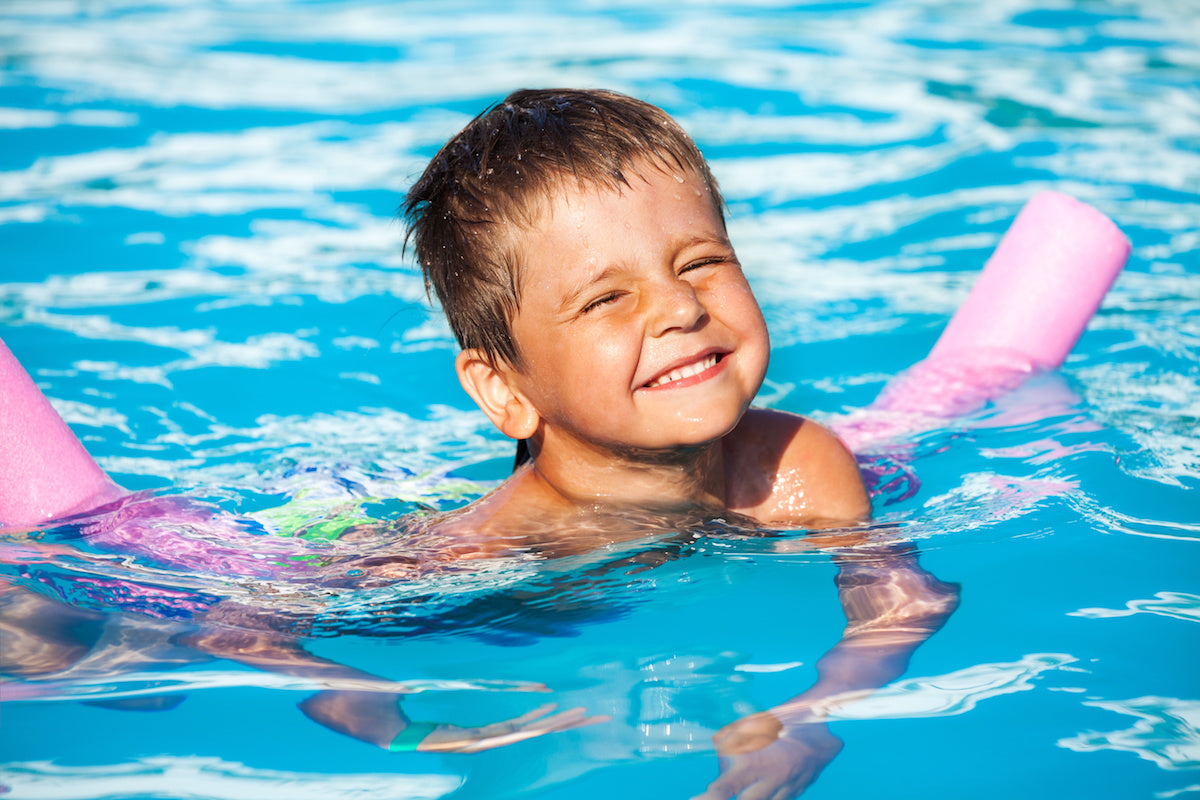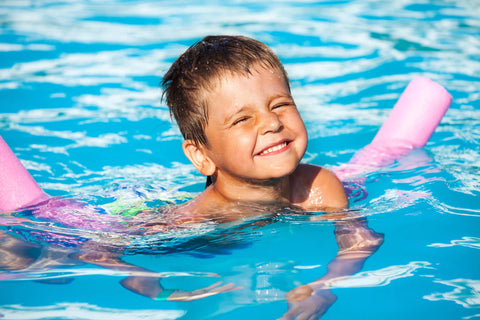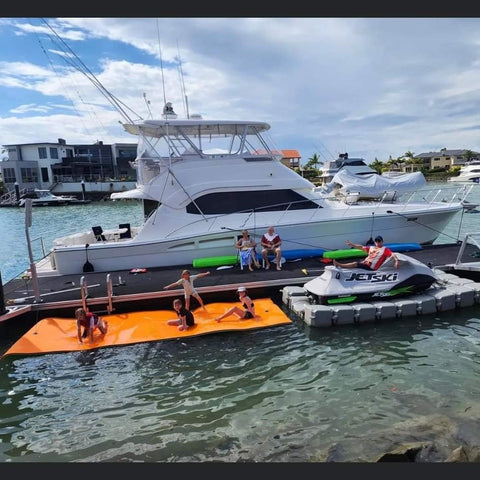Water activities are increasingly being used as a form of therapy for children with ASD (Autism Spectrum Disorder) and ADHD (Attention Deficit Hyperactivity Disorder) . Water activities and water products provide a range of benefits, including sensory integration, calming effects, social interaction, physical exercise, and enjoyment and engagement. In this article, we will explore how water activities can help children with autism and ADHD, and some of the specific types of water activities that are commonly used in therapy.

Sensory Integration One of the primary benefits of water activities for children with autism and ADHD is sensory integration. Children with these conditions often struggle with sensory processing, which can lead to difficulties with coordination, balance, and body awareness. Water activities provide a sensory-rich environment that can help children develop these skills. Water has a unique texture, weight, and temperature, which can stimulate the sensory receptors in the body and improve sensory processing. For example, swimming can provide proprioceptive input (information about body position and movement) and vestibular input (information about balance and spatial orientation), which can help children with autism and ADHD better understand their body’s movements and position in space.
Calming Effects Water activities also have a calming effect on the body, which can help reduce anxiety and improve focus for children with autism and ADHD. Water has a soothing effect on the nervous system, which can help children feel more relaxed and calm. This can be especially helpful for children with ADHD, who often struggle with hyperactivity and impulsivity. Water activities can provide a safe and calming environment where children can release their energy and focus on the task at hand.
Social Interaction Water activities can also be a great way for children to interact with their peers and develop social skills. Water play can encourage communication, cooperation, and turn-taking, which are all important social skills for children to develop. For example, playing water games with other children can help children with autism and ADHD practice sharing and taking turns. Additionally, water activities can provide a non-threatening environment where children can practice social skills without the pressure of traditional social situations.
Physical Exercise Water activities provide a low-impact form of exercise that can help children with autism and ADHD develop strength, endurance, and coordination. Swimming, in particular, is an excellent form of exercise that can provide a full-body workout while being gentle on the joints. Water also provides resistance, which can help children build muscle strength and improve coordination. For children with ADHD, who often struggle with sitting still and focusing, water activities can provide a healthy outlet for their energy and help them build physical skills.
Enjoyment and Engagement Finally, water activities can be a fun and engaging way for children to spend time and develop their skills. Many children with autism and ADHD struggle with finding activities that they enjoy and that keep them engaged. Water activities, such as swimming or playing with water toys, can be a great way to get children excited about therapy and encourage them to participate in the activity. When children are engaged in an activity they enjoy, they are more likely to be motivated and learn new skills.
Types of Water Activities There are many different types of water activities that can benefit children with autism and ADHD. Some of the most commonly used activities include:
- Swimming: Swimming is an excellent form of exercise that provides sensory input, builds strength, and improves coordination.
- Water Play: Playing with water toys or in a pool can provide a fun and engaging environment for children to develop social skills and sensory processing.
- Aquatic Therapy: Aquatic therapy involves working with a trained therapist in a pool to develop physical and social skills such as saddle floats.
- Water Sports: Water sports, such as kayaking or paddle boarding, can provide a challenging and rewarding experience for children with autism and ADHD.
Conclusion In conclusion, water activities can be a valuable form of therapy for children with autism and ADHD. These activities provide a range of benefits, including sensory integration, calming effects, social



